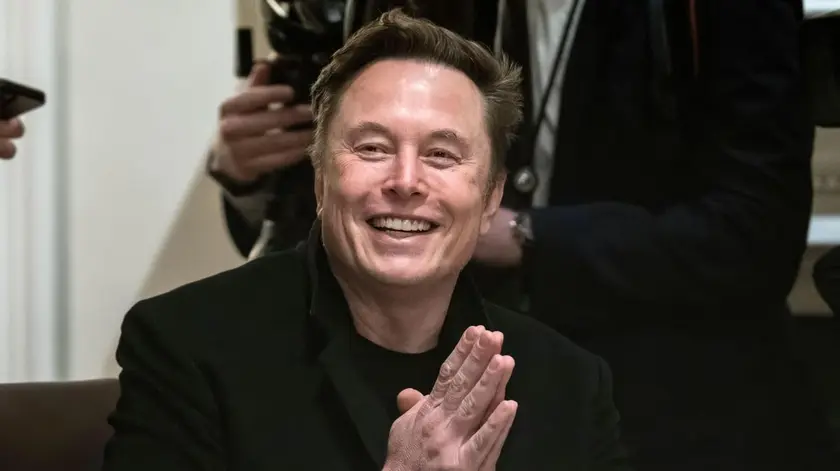T4K3.news
China faces a turning point in growth
A look at how China remains strong in tech but faces broader headwinds in economy and policy.

A close look at how strong firms sit beside a slowing, debt laden economy and shifting global conditions.
China Faces a Turning Point as Growth Slows
China has long impressed the world with its tech power and the size of its factories. By 2024 the economy was around 18 trillion dollars, about 62 percent of the United States in size, and GDP per person remained about a fifth of the US level. Yet the article argues that growth is losing its momentum. The share of global manufacturing exports and production has stopped rising as quickly, and the country now faces a slower pace of urbanization, a shrinking working age population and slower productivity gains. The property market, which once fuelled a large share of activity, has been cooling for years. External pressures from a tougher global trade climate and a U S led tariff pause complicate bets on a continued export led rise.
Policy makers have tried to shift focus toward consumption and private enterprise, but the path is blocked by deeper political and institutional forces. A new private economy promotion law aims to strengthen AI, technology clusters and business hubs while easing some barriers, yet confidence remains fragile amid political interference and uncertain demand. The overall message is clear: peak China may reflect a plateau where world class firms thrive inside a broader economy facing debt, mis allocation and demographic headwinds. The result is not a sudden collapse but a rebalancing that could redefine its growth arc and its role on the world stage.
Key Takeaways
"Peak China does not stem from doubts about China’s industrial prowess and pedigree"
Key assertion about strength coexisting with limits
"Some growth engines could only ever fire once"
Describes limits of past growth drivers
"China has islands of technological excellence and leadership in a sea of macroeconomic turbulence and trouble"
Illustrates contrast between elite firms and broader economy
"The past really is another country"
References a shift in economic era
The piece argues that China can maintain pockets of technological leadership while confronting fundamental limits. Demographics, consistently high investment and savings rates, and an overextended property market have created a drag on productivity and future growth. The shift away from double digit expansion is not just a cycle ailment but a structural one tied to an aging workforce and political economy constraints. That tension matters because it reshapes how other countries invest, how supply chains are arranged and how global competition unfolds. If policy nudges toward households and private firms gain momentum, China could preserve strategic advantages in tech and manufacturing while easing some frictions at home. If not, the country risks a drawn out stagnation that unsettles investors and unsettles partners who once bet on unstoppable ascent.
The article frames peak China as a mixed picture rather than a cliff. It calls for watching how reform, governance and market discipline evolve together with China’s push to maintain leadership in AI, EVs and advanced manufacturing. For the rest of the world, the question is whether China can reconcile a more open, consumption driven model with the party’s control and the broader incentives facing local governments and state enterprises. The outcome will influence global growth, investment decisions and the pace of technological competition.
Highlights
- Peak China is not driven by doubt about industry power alone
- Some growth engines could only ever fire once
- China has islands of leadership in a sea of turbulence
- The past really is another country
Sensitive geopolitical and economic risk
The article discusses political economy dynamics, policy shifts and potential backlash as China reassesses its growth model. This topic can influence investor sentiment and domestic political reactions, making it sensitive in both economic and political spheres.
Countries adapt to big shifts. The next few years will test how much reform China is willing to pursue.
Enjoyed this? Let your friends know!
Related News
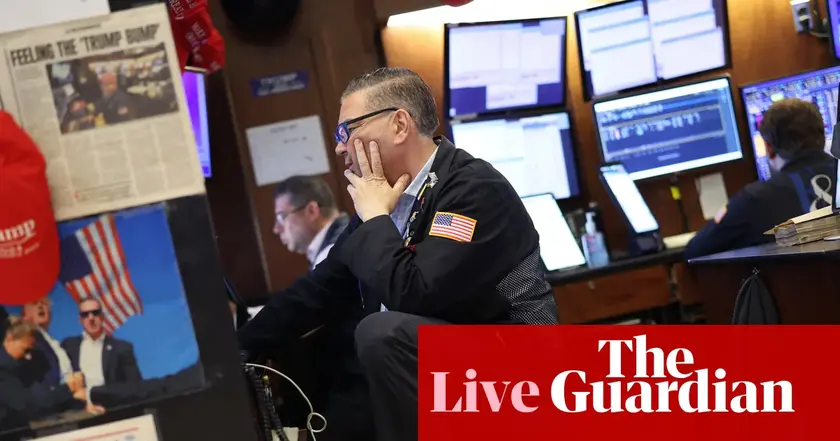
Thames Water contingency plans approved
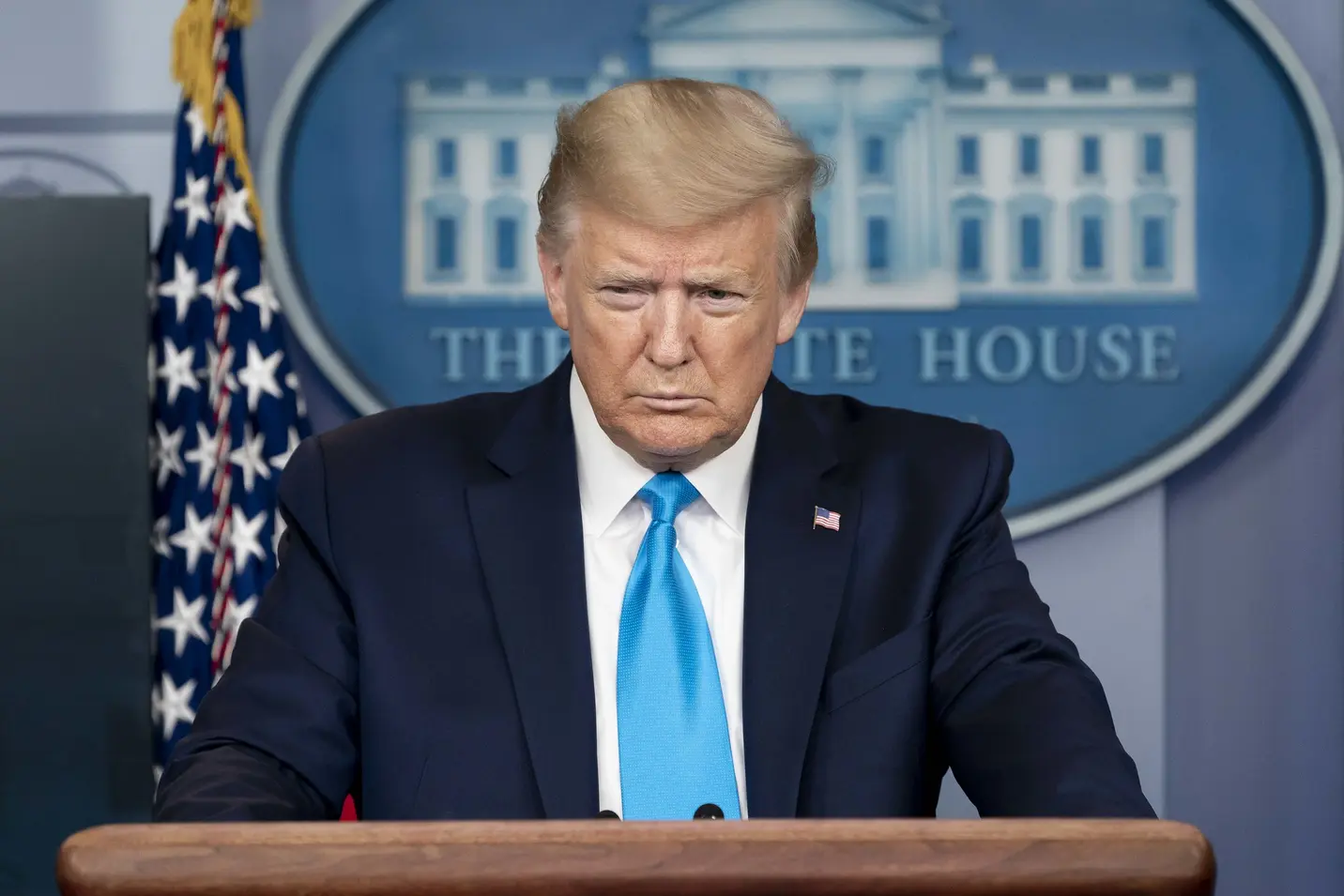
Tariffs Elevate Stagflation Risk for Fed Policy
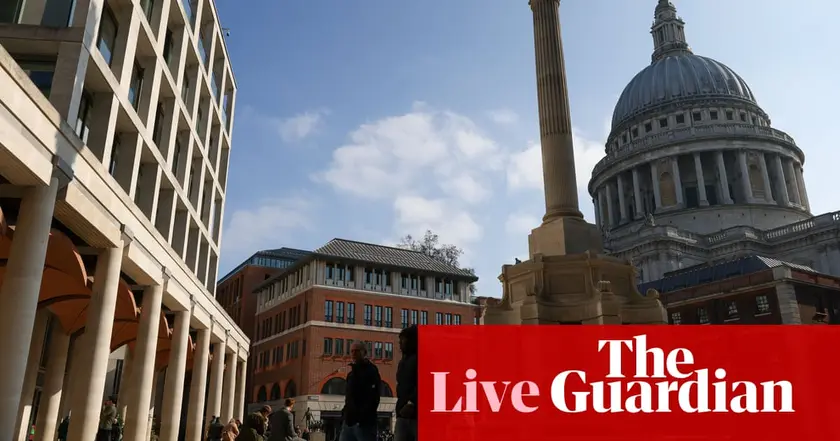
FTSE 100 share index reaches 9,000 points
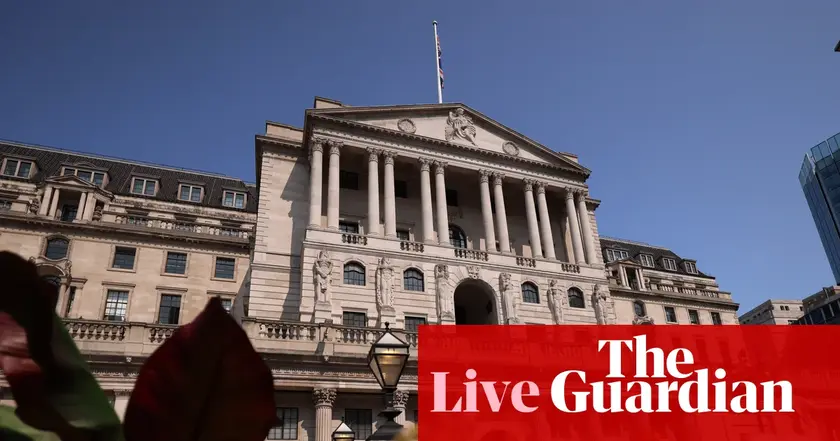
Trump tariffs take effect; Bank of England set to cut rates

Dividend stocks eye five year hold
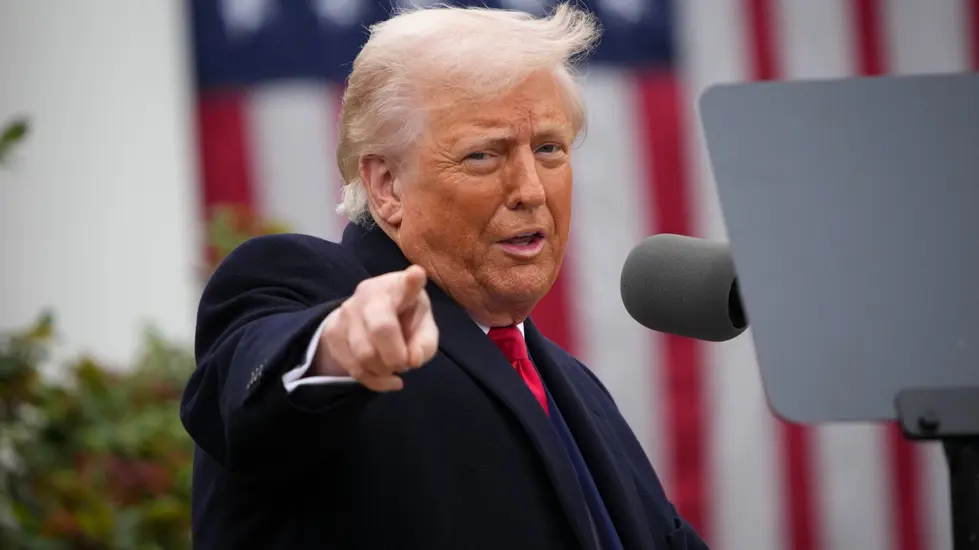
Trump's tariffs lead to economic uncertainty in the U.S.

Tesla's stock drops sharply amid political distractions
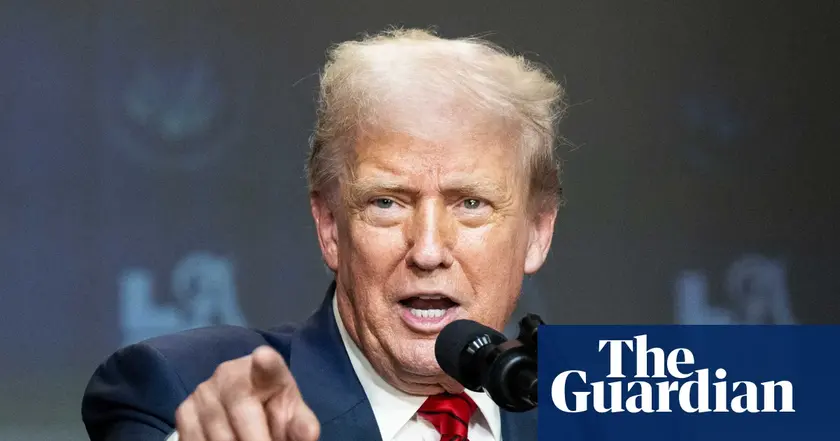
Trump's deadline for Russian ceasefire approaches
